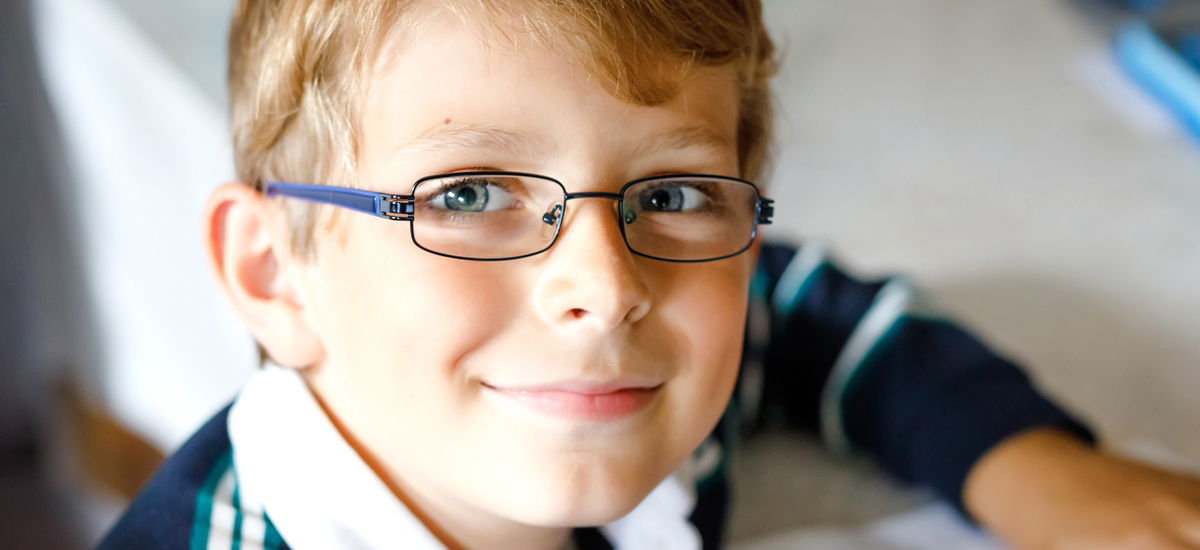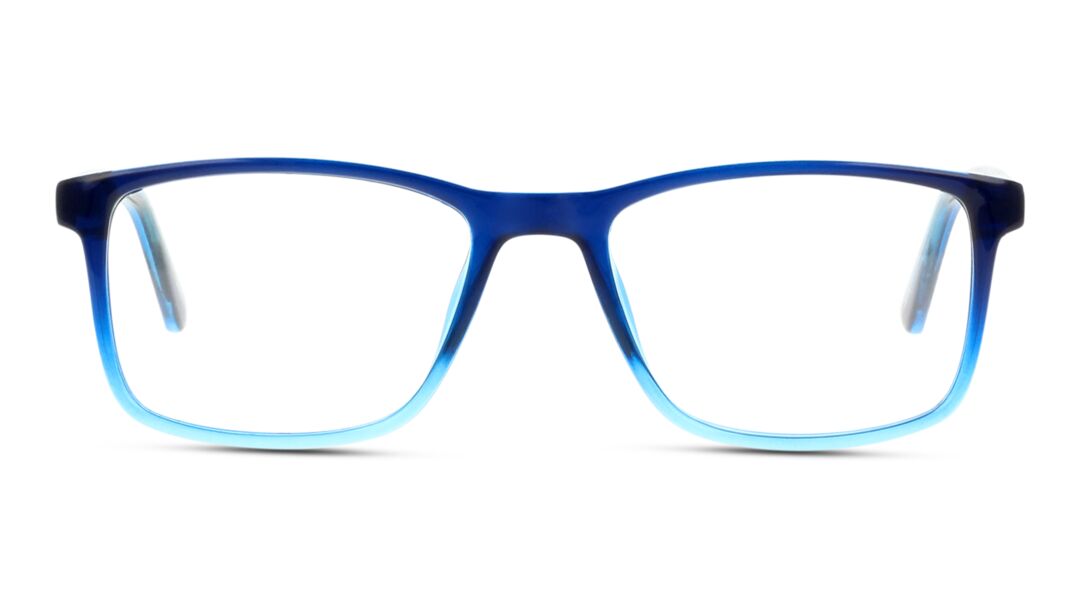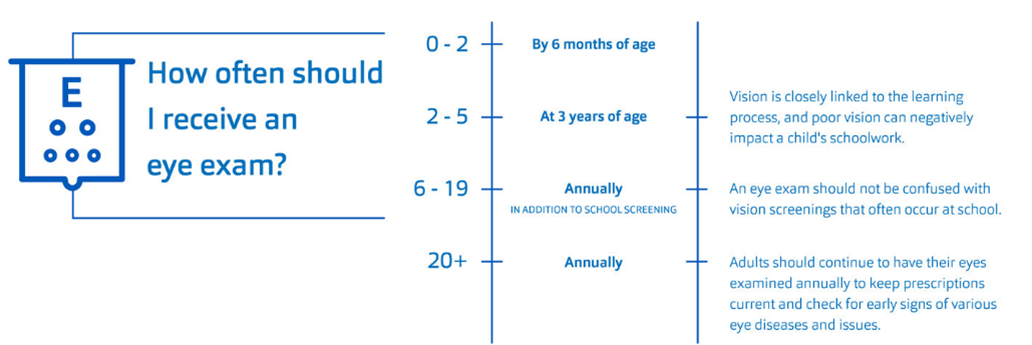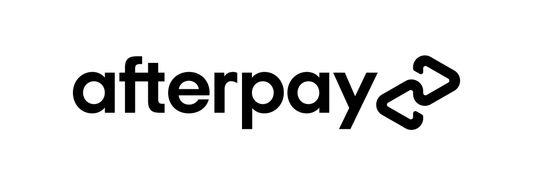Our eyesight evolves throughout our lives, and children’s eyes are only beginning to develop, which is why regular exam of your eyes is important. Checking on the eyes every year allows the optometrist to identify and diagnose any vision or eye health issues that may develop. And it gives them a baseline for how much these issues have changed over a given period.
The great news is you don’t have to search for “places to get eye exams near you.” You can just visit your local For Eyes to see a nearby Independent Doctor of Optometry. It’s that easy.











